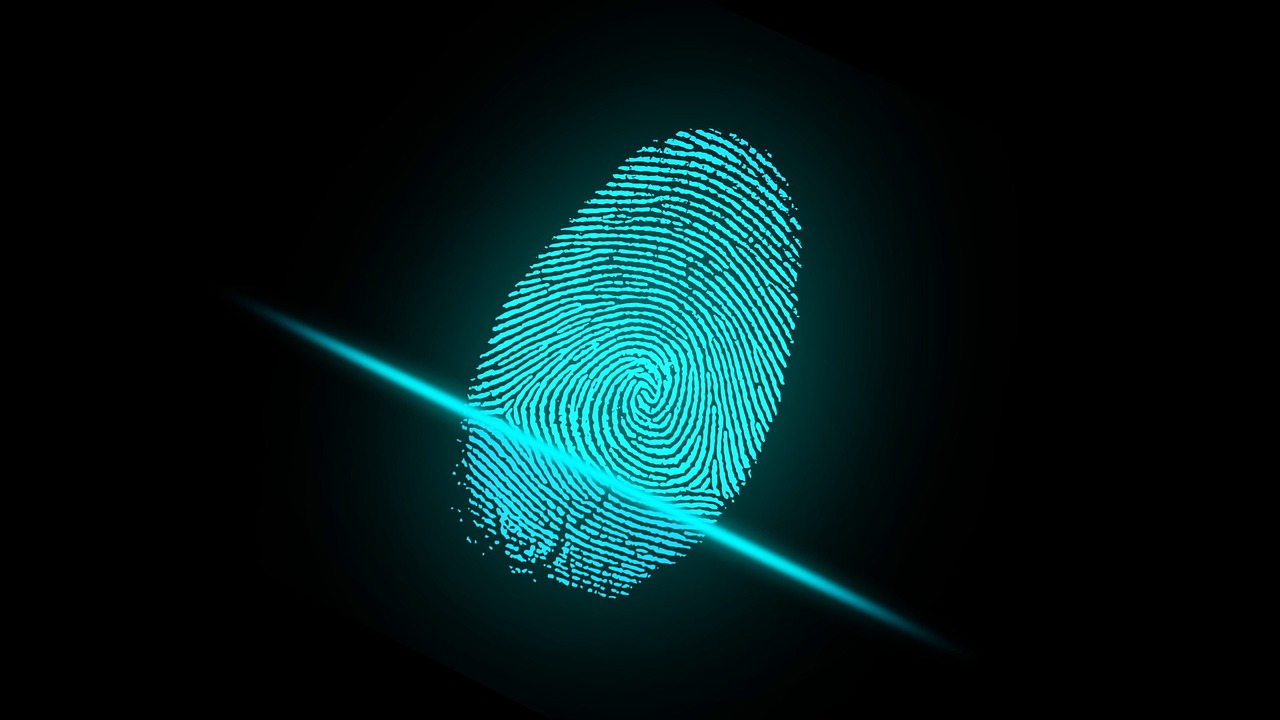This post is also available in:
 עברית (Hebrew)
עברית (Hebrew)
Many people already use fingerprint recognition technology to access their phones, but new research demonstrates a technique that maps out not only the unique pattern of a person’s fingerprint but the blood vessels underneath. The approach adds another layer of security to identity authentication.
Typically, a fingerprint scan only accounts for 2D information that captures a person’s unique fingerprint pattern of ridges and valleys, but this 2D information could easily be replicated.
To develop a more secure approach using 3D recognition, the researchers from North Carolina State University created a device that relies on ultrasound pulses. When a finger is placed upon the system, triggering a pressure sensor, a high-frequency pulsed ultrasonic wave is emitted. The amplitudes of reflecting soundwaves can then be used to determine both the fingerprint and blood vessel patterns of the user, according to spectrum.ieee.org.
Chang Peng, a post-doc research scholar at North Carolina State University and co-author of the study, sees this approach as widely applicable. “We envision this 3D fingerprint recognition approach can be adopted as a highly secure bio-recognition technique for broad applications including consumer electronics, law enforcement, banking and finance, as well as smart homes,” he says.
Prepared to dive into the world of futuristic technology? Attend INNOTECH 2023, the international convention and exhibition for cyber, HLS and innovation at Expo, Tel Aviv, on March 29th-30th
Interested in sponsoring / a display booth at the 2023 INNOTECH exhibition? Click here for details!


























